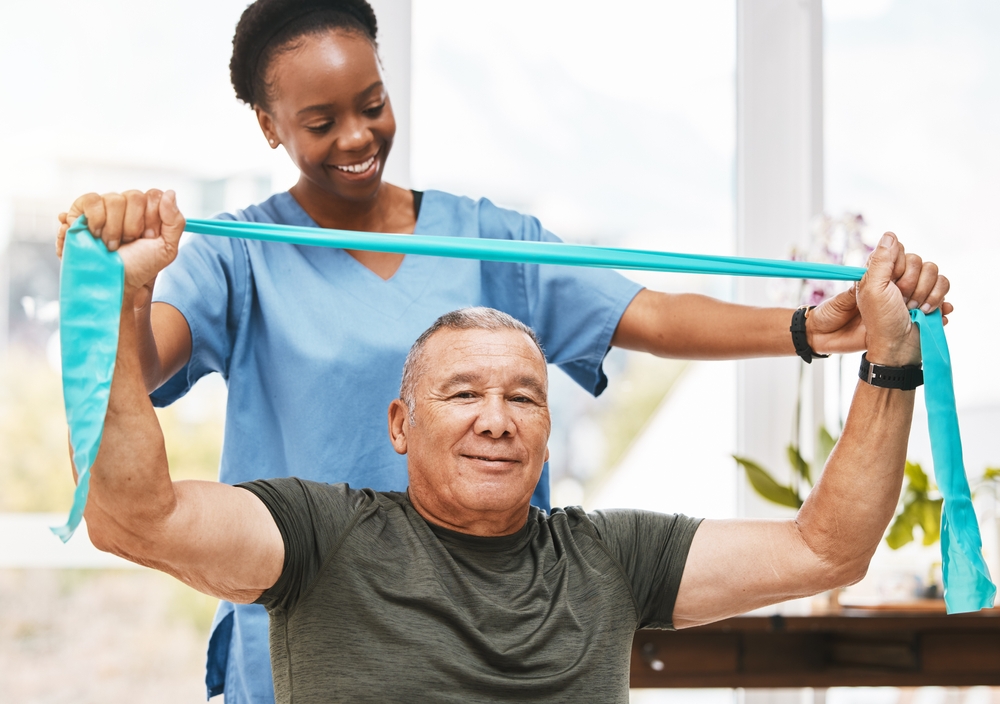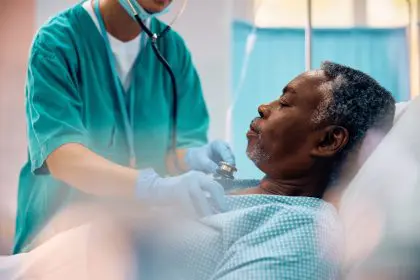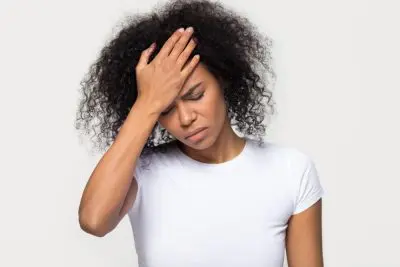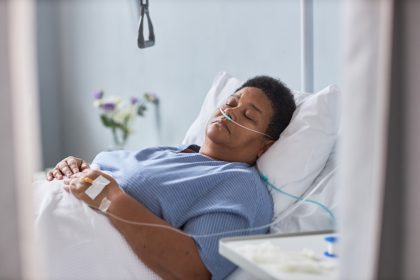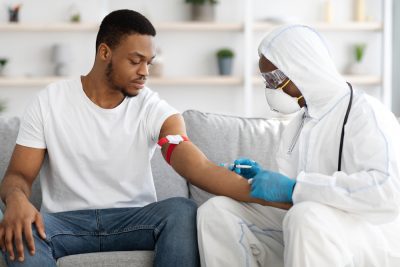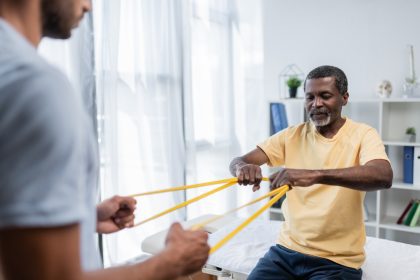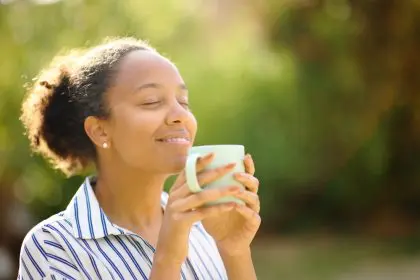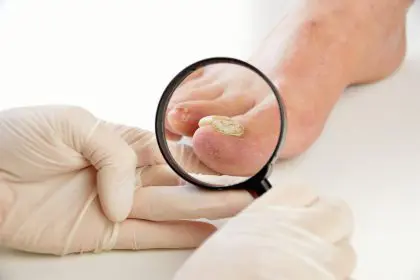Strokes are life-altering events that can profoundly impact both body and mind. One of the most challenging consequences for survivors is the loss of body control, affecting not only mobility but also independence and emotional well-being. Understanding these changes helps create effective strategies for recovery and improved quality of life.
How strokes affect body control
When a stroke occurs, blood flow to the brain is interrupted either by a clot or hemorrhage. Without oxygen and nutrients, brain cells begin to die, disrupting the brain’s ability to send signals to muscles and other body parts. This damage can lead to various forms of motor impairment, depending on which areas of the brain are affected.
The most common motor impairments after stroke include weakness on one side of the body (hemiparesis), complete paralysis on one side (hemiplegia), loss of coordination making movements clumsy (ataxia), stiff or tight muscles limiting range of motion (spasticity), and difficulty planning and executing movements even when muscles work properly (apraxia).
Impact on daily life and emotions
Loss of body control extends far beyond physical challenges. Simple tasks like dressing, eating, or writing may become significant hurdles. This sudden change in ability often leads to frustration, anxiety, and sometimes depression. Many survivors experience feelings of isolation as they adjust to new limitations in social and family activities.
The emotional journey requires as much attention as physical recovery. Support systems, including family, friends, and healthcare providers, play crucial roles in helping survivors navigate these challenges. Setting achievable goals and celebrating progress, no matter how small, helps rebuild confidence and maintain motivation.
Recovery strategies and rehabilitation
While recovery can be challenging, several approaches help manage and improve motor function after stroke:
Physical therapy
Professional therapists guide survivors through exercises designed to strengthen muscles, improve coordination, and restore mobility. Regular sessions form the cornerstone of stroke recovery, with programs tailored to each person’s specific needs and abilities.
Occupational therapy
These specialists help survivors relearn daily activities essential for independence. From bathing and dressing to cooking and writing, occupational therapists provide techniques and adaptive tools that make tasks more manageable. They assess home environments and recommend modifications for safety and accessibility.
Speech therapy
For those experiencing difficulty controlling muscles used in speaking, eating, or swallowing, speech therapy provides essential support. Therapists teach exercises to strengthen these muscles and improve communication abilities, helping restore confidence in social interactions.
Medical interventions and treatments
Modern medicine offers various options for managing stroke symptoms:
Medications like muscle relaxants can help control spasticity and improve movement. Botulinum toxin injections may also reduce muscle tightness in specific areas. These treatments, when combined with therapy, often provide better outcomes than either approach alone.
Advanced interventions such as robotic-assisted therapy and functional electrical stimulation show promising results in rehabilitation. These technologies help retrain the brain and muscles, potentially accelerating recovery.
The essential role of caregivers
Caregivers provide invaluable support during recovery. Their encouragement and practical assistance make a significant difference in rehabilitation outcomes. However, finding the right balance between helping and promoting independence is crucial.
While the instinct to help with everything is natural, allowing survivors to perform tasks independently, even if it takes longer, builds confidence and supports recovery. Caregivers should also remember to care for their own well-being through support groups and respite care.
Preventing future strokes
Prevention becomes a top priority after experiencing a stroke. Key strategies include:
Lifestyle modifications
A balanced diet rich in whole grains, lean proteins, fruits, and vegetables supports overall health. Regular physical activity, appropriate to ability levels, improves cardiovascular health and reduces risk factors. Stress management techniques like meditation help maintain emotional well-being.
Medical monitoring
Regular check-ups and careful monitoring of blood pressure, cholesterol, and blood sugar levels help manage risk factors. Following prescribed medication schedules and maintaining open communication with healthcare providers ensures proper management of underlying conditions.
Looking toward the future
Thanks to advancing medical science, stroke rehabilitation continues to evolve. New therapies, including virtual reality and brain-computer interface technology, offer additional hope for recovery. These innovations aim to help rewire the brain and restore lost motor functions more effectively than traditional methods alone.
Recovery from stroke-related loss of body control requires patience, dedication, and support. While the journey may be challenging, understanding available treatments and resources helps survivors and caregivers make informed decisions about care. With proper support and perseverance, many survivors can make significant progress in regaining control and independence.
Each step forward represents a victory worth celebrating. Whether it’s moving a finger for the first time or walking unassisted, these achievements underscore the potential for progress and renewal after stroke.
This story was created using AI technology.

